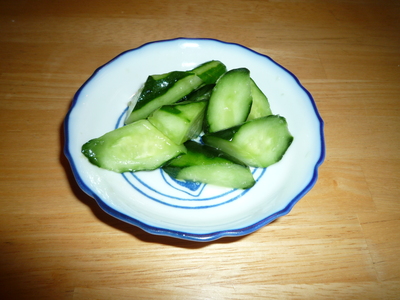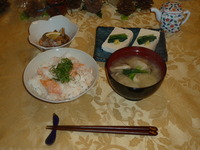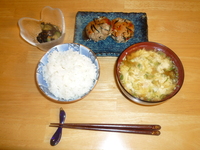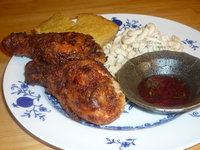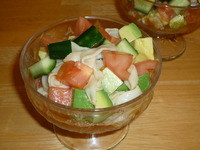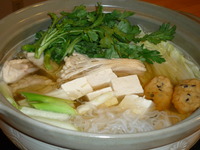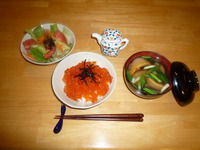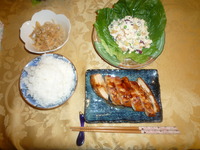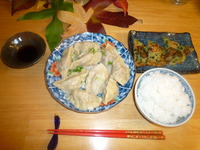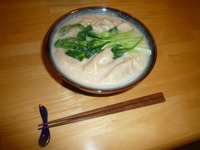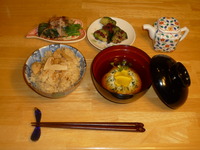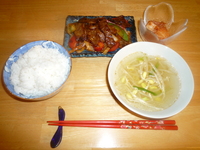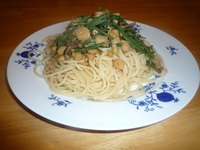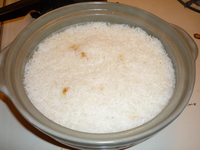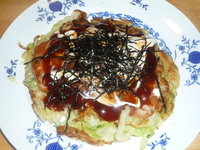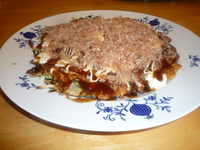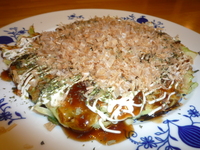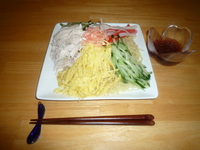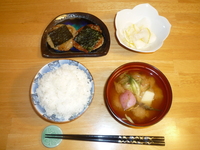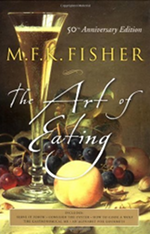Thursday, July 1st, 2010
I went out to dinner the other day with my friend and her mom and we were on the subject of tsukemono. I pondered why tsukemono is one of those things that most people either love or feel apathetic about. My friend's mom, who is a lot wiser than I am suggested that it's because tsukemono is something that you feel nostalgic about, that tsukemono is a food that is strongly tied to memories. I giggled when she said that but the more that I thought about it, I realized that there are many things that taste good because they are tied to memories.
Tsukemono is an old dish, conjuring up memories of satoyama. (Perhaps an Edo Period thatched roof equip with a kamado, irori and a view of mountains, rice paddies and a persimmon tree). It's also reminiscent of traditional Japanese cuisine before Western dishes made their way into Japan.
You don't have to have nostalgic memories to love tsukemono. For me, I love the combination of tsukemono and hot rice. The saltiness of the tsukemono complements rice nicely. It also works as a palate cleanser when pairing with oily foods such as oily fishes, meats and fried foods.
Ingredients
3
Kyuri (you can substitute with English cucumbers but peel off all the skin and remove the seeds)
1/4-1/2 inch of a piece of grated ginger. (
See ginger grater)
1 teaspoon of sea salt (less if using iodized salt)
1/8 teaspoon of sugar
1/4 teaspoon of sesame seed oil
1) Wash and peel the kyuri. You don't have to peel the kyuri but the stripes make it look pretty.
2) Cut them into oblique cuts. See
Oblique cuts for carrots.
3) Put them into a tsukemono maker or improvise with two bowls and a weight. See
cabbage tsukemono.
4) Add the salt and sugar and let sit for a minimum of 15 minutes.
5) Drain water and add more salt if necessary.
6) Drizzle sesame seed oil and mix in the graded ginger.
Peel the kuri to create decorative stripes.
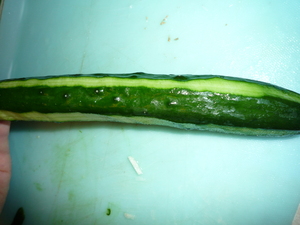
Make oblique cuts.
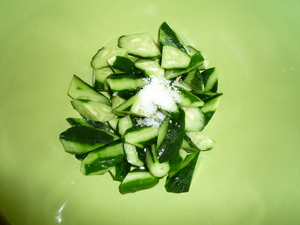
Put into a tsukemono maker or two bowls.
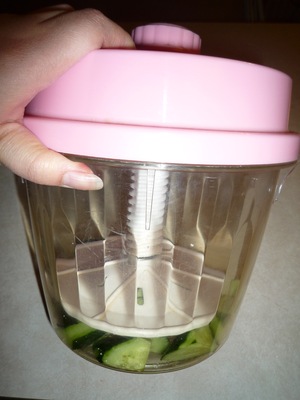
Drain water and mix in ginger and sesame seed oil.
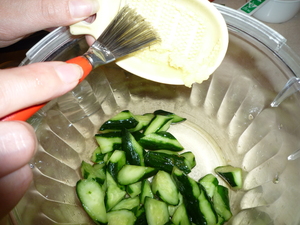
Kyuri shoga tsukemono.
